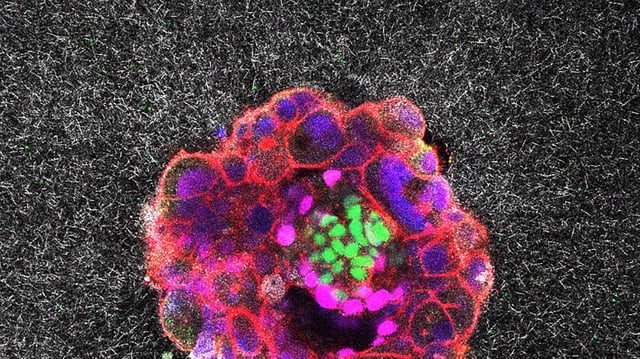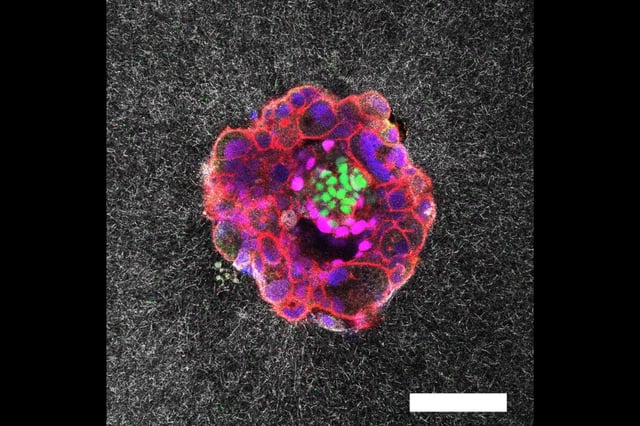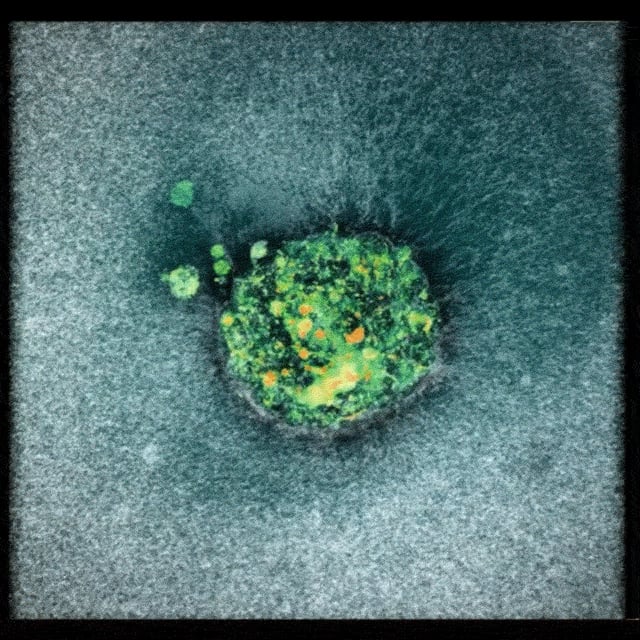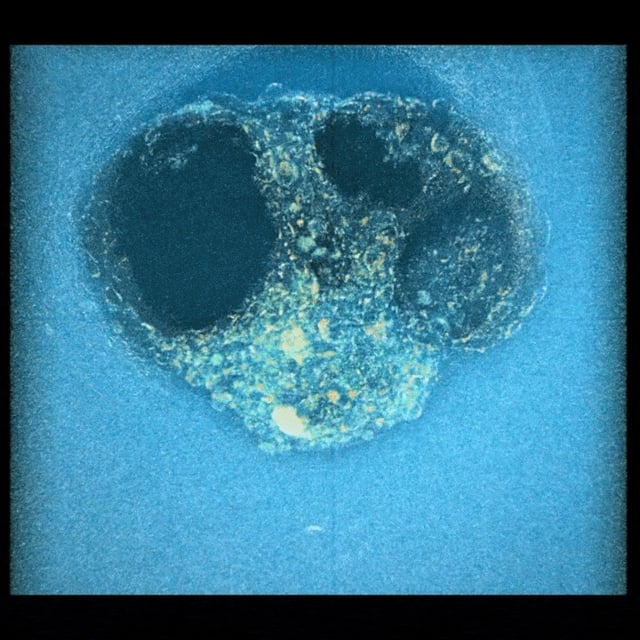Overview
- Researchers at IBEC and Dexeus University Hospital published the first real-time, three-dimensional time-lapse videos of human embryos implanting into a collagen-based platform.
- Quantitative analyses revealed that embryos exert measurable traction forces as they burrow into and remodel the artificial uterine environment.
- The collagen gel ex vivo system permits controlled studies of implantation mechanics and demonstrated that mouse embryos remain superficial while human embryos fully penetrate the matrix.
- Authors highlight potential implications for improving IVF success but caution that the model’s lack of maternal cells, immune components and clinical validation limits immediate translation.
- Study leaders disclosed patents and a Serabiotics–Grifols spin-off collaboration aimed at developing protein supplements to enhance implantation rates.



